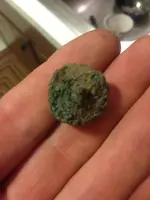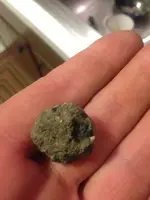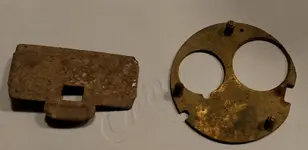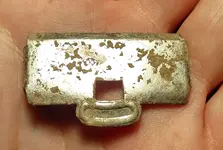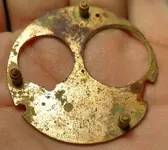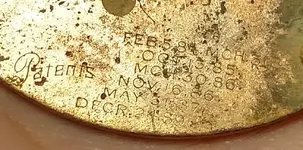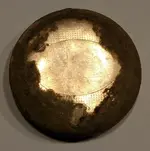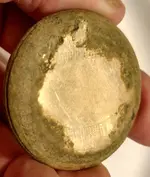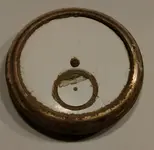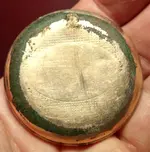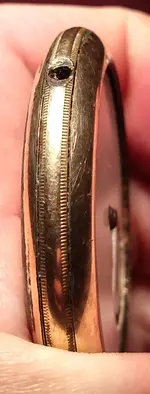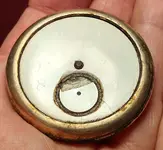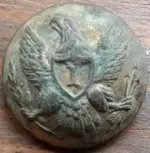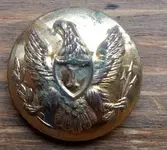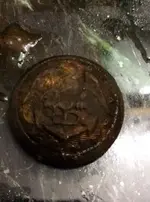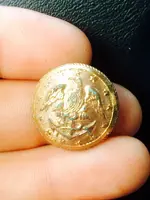elijahhenry10
Sr. Member
- Joined
- Jan 24, 2012
- Messages
- 368
- Reaction score
- 53
- Golden Thread
- 0
- Location
- South-Western PA
- Detector(s) used
- Fisher F-75
Teknetics Omega 8000
Bounty Hunter Quickdraw II
- Primary Interest:
- Metal Detecting
So there is no more cleaning that can be done to it? I didn't start looking for cleaning methods until after I took the water to it. Oh well. How do you tell a difference between a button like this and a civil war era button?
Thanks!
Thanks!




